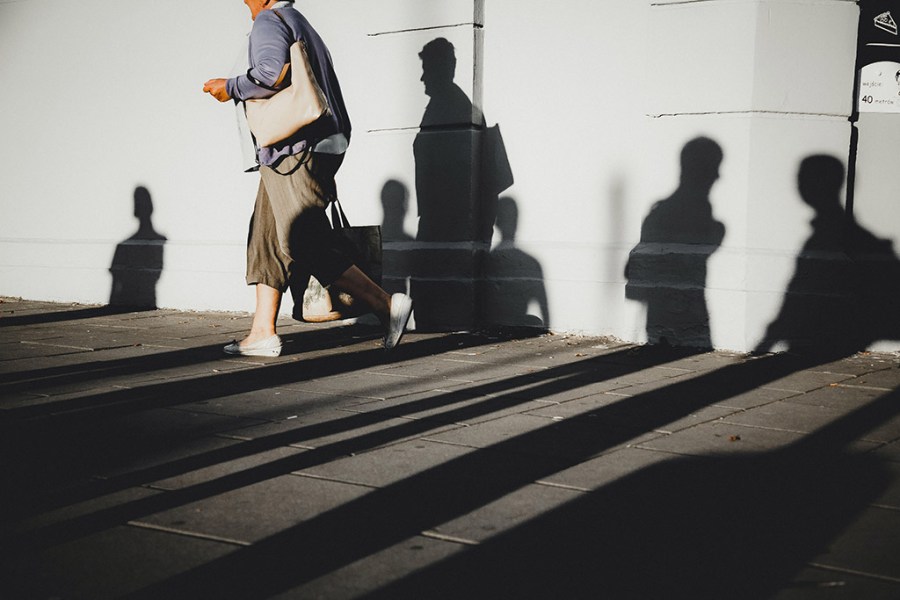Street Photographers Fundamentals Explained
Street Photographers Fundamentals Explained
Blog Article
The Ultimate Guide To Street Photographers
Table of ContentsThe Only Guide for Street PhotographersOur Street Photographers IdeasExamine This Report about Street PhotographersStreet Photographers Fundamentals ExplainedThe Only Guide to Street Photographers
Street photographers do not always have a social purpose in mind, yet they like to isolate and catch minutes which may otherwise go undetected.He was affected by numerous of those who influenced the street professional photographers of the 1950s and '60s, he was not mainly interested in recording the spirit of the street. The impulse to visually document individuals in public started with 19th-century painters such as Edgar Degas, douard Manet, and Henri de Toulouse-Lautrec, who functioned side by side with photographers attempting to record the essence of urban life.
As a result of the relatively primitive modern technology readily available to him and the lengthy exposure time called for, he struggled to capture the stress of the Paris roads. He trying out a series of photographic methods, trying to find one that would allow him to capture activity without a blur, and he found some success with the calotype, patented in 1841 by William Henry Fox Talbot. While the photographers' subject was essentially the same, the outcomes were substantially different, demonstrating the impact of the photographer's intent on the personality of the images he generated.
10 Simple Techniques For Street Photographers
Offered the fine quality of his photos and the breadth of product, architects and musicians typically acquired Atget's prints to use as recommendation for their own job, though business interests were barely his major inspiration. Rather, he was driven to picture every last remnant of the Paris he liked.

Unlike his peers, Brassa utilized a larger-format Voigtlnder camera with a longer direct exposure time, requiring him to be a lot more computed and thoughtful in his method than he may have been if using a Leica. (It is assumed that he might not have had the ability to pay for a Leica back then, but he did, nonetheless, make use of one in the late 1950s to take colour photos.) Brassa's pictures of the Paris underworld brightened by artificial light were a revelation, and the collection of the series that he published, (1933 ), was a significant success.

7 Easy Facts About Street Photographers Explained
It is as a result of this basic understanding of the art of picture taking that he is frequently credited with uncovering the tool throughout once more roughly a century considering that its innovation. He took photos for greater than a half century and affected generations of digital photographers to trust their eye and intuition in the moment.
These are the concerns I will try to address: And afterwards I'll leave you with my very own meaning of road photography. Yes, we do. Allow's kick off with specifying what an interpretation is: According to it is: "The act of specifying, or of making something guaranteed, distinctive, my latest blog post or clear".
No, definitely not. The term is both limiting and deceiving. Seems like a street photography should be images of a streets right?! And all street photographers, except for a small number of outright novices, will fully value that a road is not the crucial element to street digital photography, and in fact if it's a photo of a road with maybe a couple of boring people not doing anything of passion, that's not street digital photography that's a picture of a street.
Street Photographers Things To Know Before You Get This
He makes a legitimate point don't you assume? Nonetheless, while I concur with him I'm uncertain "candid public digital photography" will capture on (although I do sort of like the term "candid digital photography") since "road digital photography" has been around for a long period of time, with numerous masters' names connected to it, so I think the term is right here to remain.
You can shoot at the coastline, at a festival, in a street, in a park, in a piazza, in a cafe, at a gallery or art gallery, in a metro terminal, at an occasion, on a bridge, under a bridge ...
Street Photographers Things To Know Before You Get This
Yes, I'm afraid we have no choice! Without regulations we can not have a meaning, and without a meaning we do not have a style, and without a category we do not have anything to specify what we do, and so we are stuck in a "rules meaning style" loophole! - Street Photographers

Report this page